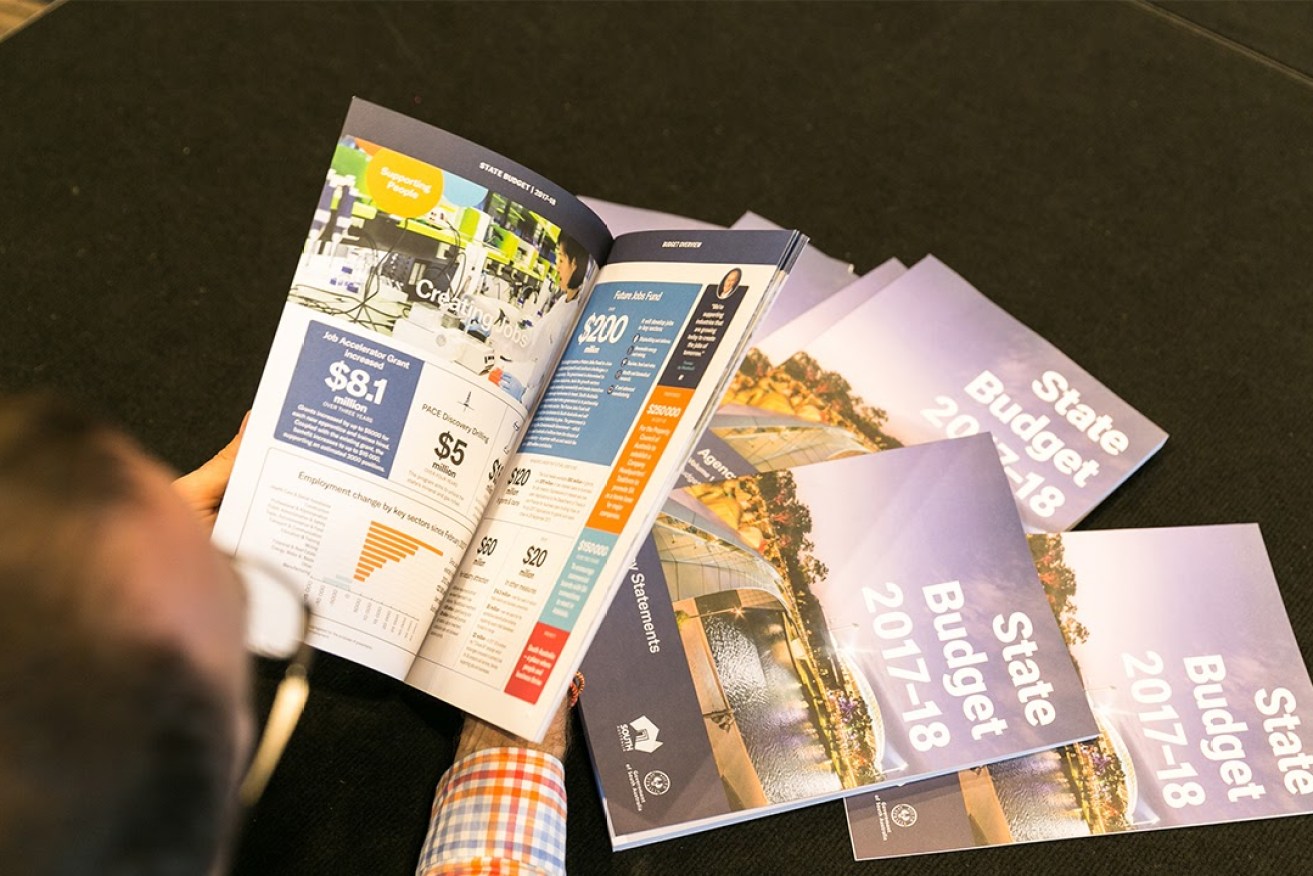If not a bank levy, then what?
Opponents of the State Government’s major bank levy need to explain how they would fill South Australia’s revenue shortfall, argues Ross Womersley.

The state Budget isn't a big-spending document, argues SACOSS. Photo: Andre Castellucci/InDaily
The big banks are lobbying against the State Government’s major bank levy, three crossbenchers (the Australian Conservatives, and John Darley) say they’ll oppose it, and the State Liberals are considering their position. But it is vital that all South Australians understand what is at stake.
We need tax revenue to pay for the public infrastructure and vital services we all use. While there can always be legitimate debates about particular taxes, without the $370 million from the major bank levy the 2017-18 budget surplus would disappear, future surpluses would be jeopardised and spending on services would need to be wound back further.
The Budget papers show that state tax revenue was revised down by $96 million over the last year due to falls in payroll tax, conveyance duty and gambling taxes, while South Australia’s share of national GST revenue fell by $167 million.
This would have been an enormous blow to the state coffers, but was offset by slightly higher income from sales of goods and services and more importantly, by nearly $300 million from the sale of the compulsory third party insurance business of the Motor Accident Commission (MAC) – a short-term fix at best.
Over the next four years state taxes are predicted to grow at 1.9% per annum in real terms, while total state revenue jumps by 2.8% in 2017-18, but then declines for the two years after that. The end result is that, as a proportion of the state economy, government revenue will fall from 17.5% this year to 16.4% in 2020-21.
In this context, given that revenue is necessary to fund government infrastructure and services, new revenue measures are important if we are not to see cuts to services. It should also be recognised that, despite the fanfare of government announcements, this is not a big spending budget with extravagant expenditure that could be painlessly cut. Fifty-eight per cent of the budget goes to health, education and community services, and a further 28% on transport, housing and public order and safety – all the things that surveys show people want to see more spent on.
Overall, adjusted for inflation, there is effectively no real increase in government expenditure over the four budget years. As a proportion of the economy, spending actually decreases from 17.2% of Gross State Product this year to 16.1% in 2020-21.
These revenue and expenditure figures bring into question the government’s ability to sustainably fund vital services in the long term – and that is with the revenue from the major banks levy. Without it, the questions are bigger.
There are no easy answers here, and there are legitimate and necessary debates to be had about tax reform, the appropriate level of state taxes, and about the merits or otherwise of the major banks levy.
But given the revenue challenge facing the state, anyone opposing the major banks levy needs to either say how they would raise a similar amount of money or what services they would cut to make up for the revenue forgone. Without that, it is not a serious tax debate and they will be contributing to the problem, not the solution.
Ross Womersley is the CEO of the South Australian Council of Social Service.




